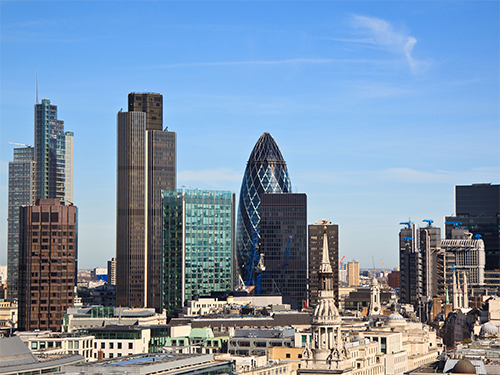
Image from independent.co.uk
Anyone who has visited London in recent years can’t help but notice the amount of development and building that’s been taking place, including the revamping and improving of many of London’s underground stations; Crossrail is currently creating an amazing engineering feat near Tottenham Court Road station and other locations building new stations, including Canary Wharf, Liverpool Street, Bond Street, Paddington, Whitechapel, Custom House, Farringdon and Woolwich – phew, what a list!
All this infrastructure development will, in the long-term, improve journeys and link key locations such as Heathrows T5, the Olympic park and the new high speed railway, HS2. But building in London is not only expensive; it also brings its fair share of artefacts, disused railways and unexploded bombs, particularly when digging 48 metres underground! Since 2009, twenty Roman skulls have been found, some of which could date back to Queen Boudicca’s reign; three thousand skeletons from a burial ground; a potential former ‘Black Plague’ graveyard from around 650 years ago; then there’s the unexploded bombs from both World Wars. And as Crossrail’s new tunnels work their way along under the Docklands, the route will be returning ‘to its roots’, so to speak, in re-using an old Victorian tunnel – the Connaught Tunnel – which was bombed in 1940.
Come above ground and the story is a similar one; Rathbone Place sees the demolition of an old postal sorting office yet below this site is a disused underground railway once run by Royal Mail, and this part of history must not be disturbed. Indeed, the developers of this site, Great Portland Estates, have discovered an ancient electricity cable buried beneath the foundations!
The discovery of Roman artefacts, including a rare phallic good luck charm, delayed the opening of Bloomberg’s new headquarters; the lifting of an old façade and its replacement, whilst protecting adjacent buildings from noise, dust and structurally; medieval street patterns that don’t accommodate 90-degree corners, making the movement of construction vehicles somewhat tricky! Add to the list the 56 conservation areas, protecting the historic appearances of streets including the colour of the paint on doors, and London’s planning laws and you can understand why not only does construction take rather a long time, but many of the new buildings can be rather an odd shape!
So, next time you’re travelling on London’s underground, or overground trains, in buses, taxis, or by bicycle, or even walking along the city’s medieval streets, look a little deeper and remember it’s amazing history!